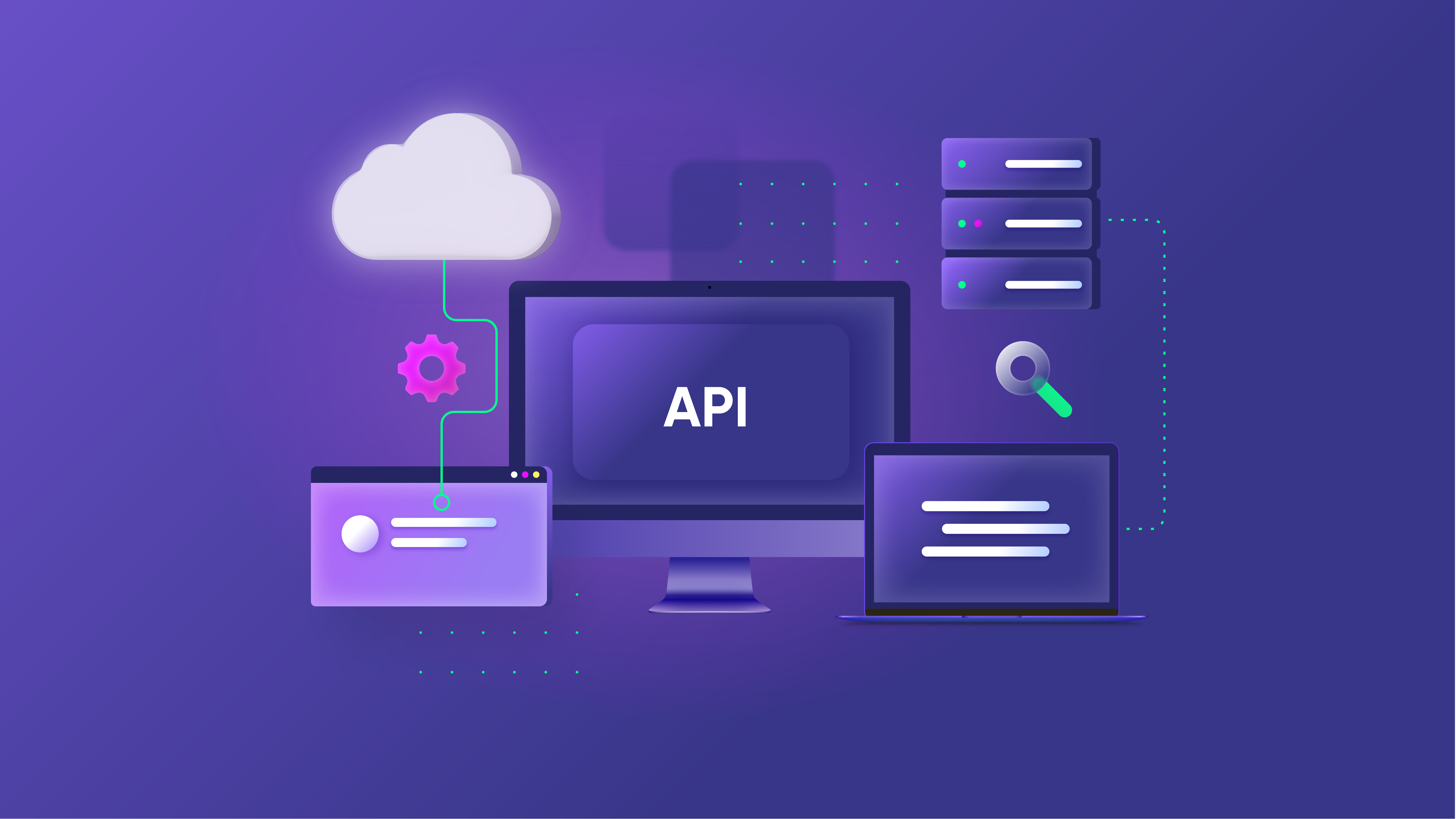Viva Resa: Your Gateway to Insightful Living
Discover news, trends, and tips for a vibrant lifestyle.
APIs: The Secret Recipe for Software Success
Unlock the secret to software success! Discover how APIs can transform your projects and drive innovation like never before.
How APIs Transform Software Development: Unlocking New Possibilities
APIs, or Application Programming Interfaces, are revolutionizing the landscape of software development by enabling seamless integration between different software systems. This connectivity allows developers to leverage existing technologies and services, enhancing their applications with new functionalities without reinventing the wheel. For instance, APIs facilitate access to third-party services such as payment gateways, social media platforms, and data analytics tools, which significantly accelerates the development process and reduces costs. As stated by Red Hat, APIs act as the building blocks for digital transformation, enabling businesses to innovate and adapt swiftly in a rapidly changing technological landscape.
Furthermore, the adoption of APIs fosters a collaborative development environment that opens up new possibilities for innovation. By utilizing open APIs, companies can expand their ecosystems, allowing external developers to create complementary applications that enhance their core offerings. This not only accelerates the pace of innovation but also leads to the creation of more diverse and robust software solutions. According to Forbes, businesses that embrace this API-centric approach are better positioned to respond to market demands and develop solutions that meet evolving customer needs.

The Essential Role of APIs in Modern Application Architecture
Application Programming Interfaces (APIs) play a pivotal role in modern application architecture by enabling seamless communication between different software components. In today’s digital landscape, where services and applications are increasingly distributed across servers, cloud platforms, and devices, APIs serve as the critical connectors. They provide a standardized way for various systems to interact, thus improving integration and enhancing user experience. For those looking to dive deeper into the importance of APIs, the IBM Cloud Learning offers an insightful overview.
Moreover, the rise of microservices architecture has further cemented the role of APIs in contemporary development practices. By breaking down applications into smaller, manageable services that communicate via APIs, developers can achieve greater flexibility, scalability, and fault isolation. This architecture allows teams to work on different components concurrently, speeding up the development process and facilitating continuous deployment. To understand more about microservices and their reliance on APIs, check out this detailed guide from Red Hat.
What are APIs and How Do They Drive Innovation in Software?
APIs, or Application Programming Interfaces, are sets of rules and protocols that allow different software applications to communicate with each other. They play a crucial role in the landscape of modern software development by enabling the integration of various services and platforms. For example, social media APIs allow developers to embed functionality such as Facebook login into their applications, providing users with a seamless experience. This interoperability not only enhances user engagement but also drives innovation by allowing developers to leverage existing technologies rather than starting from scratch.
Furthermore, APIs are essential for the growth of the digital economy. They foster an ecosystem where third-party developers can create apps and services that enhance core functionalities, effectively expanding the capabilities of the original software. Companies like Twitter and Google use their APIs to allow developers to build innovative solutions on top of their platforms. By providing access to data and functionalities, APIs not only drive competition but also encourage collaboration, leading to groundbreaking advancements in technology and user experiences.